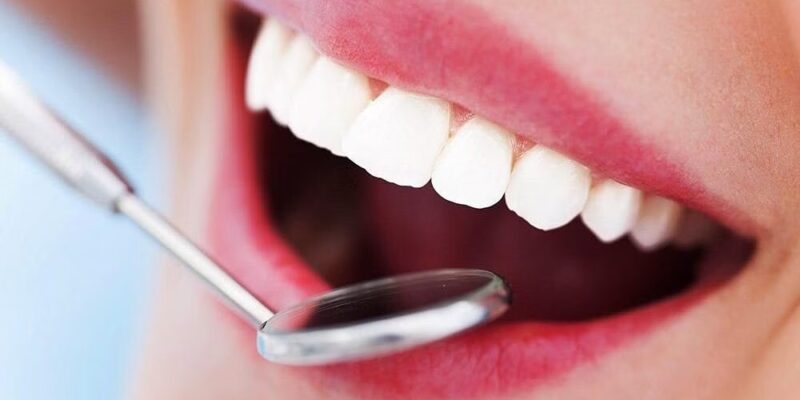Dental plaque is a sticky film of bacteria that forms on your teeth. If left untreated, it can lead to cavities, gingivitis and other dental problems. The good news is that dental plaque is easy to remove with some basic oral hygiene practices. Here are 5 effective ways to remove plaque from your teeth.
1. Brush Your Teeth Twice a Day
Toothbrushing is the most important way to remove plaque and keep your teeth clean. Brush for at least two minutes twice a day – once in the morning and once before bed. Use a soft-bristled toothbrush and fluoride toothpaste. Brush all surfaces of your teeth, including the chewing surfaces, tongue side and along the gumline. Pay special attention to areas where plaque tends to accumulate like between teeth and along the gumline. Rinsing with water after brushing helps remove any remaining food particles and plaque.
2. Floss Daily
Flossing removes plaque from between teeth and under the gumline, which toothbrushes cannot reach. This is important because plaque can cause cavities and gum disease if left untreated. Floss once a day, especially before bed, using about 18 inches of floss. Gently slide the floss between teeth using a sawing motion. Floss below the gumline where plaque often hides. Flossing should be part of your regular oral hygiene routine for clean and healthy teeth and gums.
3. Use a Tongue Scraper
The tongue often harbors a coating of bacteria that contributes to bad breath. Using a tongue scraper removes bacteria and freshens breath. Scrape the tongue from back to front once a day, preferably in the morning or after brushing. A clean tongue means less bacteria in the mouth that can lead to plaque, cavities and gum disease over time.
4. Rinse with Antiseptic Mouthwash
Using an antiseptic mouthwash is an effective way to further reduce plaque and oral bacteria in the mouth. Mouthwashes contain antiseptic ingredients like essential oils or fluoride that have antimicrobial properties. These ingredients work to kill the bacteria that cause plaque, gingivitis and bad breath. Look for a mouthwash with these antibacterial components.
Rinse for at least 30 seconds after brushing and flossing to give the antiseptic time to act. Brushing alone cannot remove all the bacteria in the mouth, so mouthwash helps eliminate more of what remains after brushing and flossing. Use it once or twice a day as the final step in oral hygiene. The antimicrobial mouthwash supplements brushing and flossing to get teeth cleaner than brushing alone.
5. Get Professional Cleanings
While brushing, flossing and using mouthwash daily does a good job of removing most plaque, it can be difficult to fully eliminate plaque and calculus (tartar) buildup around the gumline and in hard to reach areas between the teeth without professional assistance. During a dental cleaning every 6 months, the hygienist uses specialized scalers, curettes and ultrasonic tools to scrape away plaque and tartar down to the gumline where toothbrushes cannot reach.
They also polish the teeth to remove stains. This deep cleaning process performed by a professional removes built up deposits that can lead to cavities and gum disease if left in place. Getting regular dental cleanings is an important part of maintaining good oral hygiene and preventing dental issues that result from plaque overgrowth over time.
Conclusion
Implementing these five simple practices is all it takes to effectively remove plaque or bad breath and keep your mouth clean and healthy. Brushing, flossing, using a tongue scraper, mouthwash and regular dental cleanings work together to eliminate plaque and reduce your risk of cavities, gum disease and bad breath. Dedicate a few minutes daily to your oral hygiene routine to maintain a beautiful and bright smile.











Comments